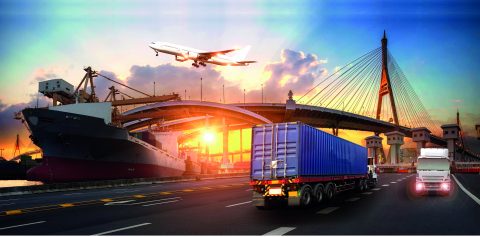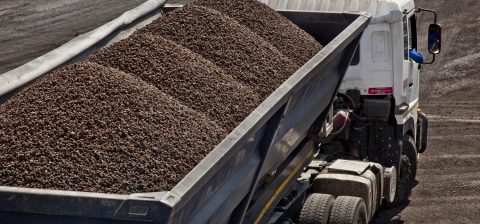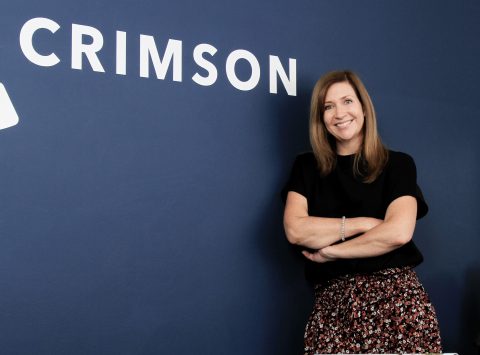Sunday Times Skills
Operation Phakisa: An Update
One of the most interesting economic programmes introduced by the current government of South Africa is Operation Phakisa. Under Phakisa, long-term plans with measurable goals for economic activity, job creation and skills development have been put in place for the health, education and maritime sectors, using a framework inspired by a Malaysian methodology for development.
The first Phakisa was established in 2014 for the oceans economy, with ambitious goals to develop capacity for shipping and aquaculture (the farming of sea creatures). It’s aims are lofty, with strategic targets up to 2020 including the training of 18 172 artisans in marine transport and manufacturing, the training of 720 ships officers per year, the creation of 15 000 jobs in aquaculture, and the development of 13 small harbours to encourage and support SMEs along the coast.
Progress on Phakisa in the oceans economy is being closely monitored, so we caught up with the Department of Environmental Affairs’ chief director of communications, Albi Modise, to find out how the R7-billion public and private funds that have been invested so far are working.
Stay on target
There’s much good news, Modise claims. Over 6 900 jobs have been created in the sector in the last two years.
“Government has worked very vigorously to create an enabling environment in order for the private sector to invest and create jobs,” Modise says. “Through government investments, the facilitation by the Department of Trade and Industry to provide various tax incentives and policy directives, the private sector has been prompted to invest in the respective maritime sectors.”
These sectors include marine transport, offshore oil and gas exploration, aquaculture, marine protection services, small harbours development, and coastal and marine tourism. The goal of Operation Phakisa in the oceans economy is to generate R129-billion to R177-billion in GDP from our ports and fisheries by 2033. That’s well over three times the value of the sector in 2010.
A key inheritance from the Malaysian model is transparency and accountability. Regular reports on the 1 433 Phakisa goals are published on a dedicated Operation Phakisa website. The latest was uploaded in April, and shows a degree of honesty in the mixed results. In some areas, particularly those relating to oil and gas, and marine protection and governance, targets are mostly hit. Some areas, particularly around training, however, show no progress at all, although that’s at odds with numbers from the Department for Environmental Affairs (see “A year of maritime skills development”).
“Government has put tremendous effort into addressing timeframes for authorisations approvals to stimulate investment,” says Modise. “In the aquaculture sector, for example, timeframes have been reduced considerably from 890 days to around 240 days, and efforts to review this are under way.”
Modise goes on to say that private-sector investment has also helped to create jobs in the aquaculture sector. Currently investment surpasses R338-million in this sector, with 521 jobs already realised within 10 aquaculture farms in the Eastern Cape, KwaZulu-Natal, Western Cape and Northern Cape.
“Moreover, new projects have been incorporated, and this will directly lead to an increase in job creation and production,” he says.
One beneficiary is maritime engineering firm Dormac, which is training 25 artisans a year at its dry-dock facilities. Dormac managing director Chris Sparg says the firm doesn’t believe there can be a skills-shortage issue in a country with such a high unemployment rate.
“We challenged ourselves to generate flux core welders from people who had no experience in our industry,” Sparg told the audience at a South African Maritime Safety Authority event. “We were able to generate that in six to eight weeks.”
Skills development is also being helped along by the South African International Maritime Institute (SAIMI). The organisation is mandated to coordinate and strengthen maritime skills development, education and research in the sector. SAIMI runs skills working groups, together with the Department of Higher Education, that bring together government and industry role-players to develop a national framework and strategic plan for maritime skills development.
The key to the success of Operation Phakisa, then, is two-fold: collaboration between government and the private sector, and that both government and the private sector work quickly and resist the urge to get caught up in red tape.
For instance, the Marine Spatial Planning Bill is far along the pipeline at the moment and should be finalised by 2018. This bill, to ensure the sustainability of the oceans, was presented in draft format only in March 2016. “There is still room for improvement, especially around certain policy directives and legislation,” Modise admits.
As Phakisa enters a key period of maturity, it’ll be important to keep a close eye on its success and the implications for other sectors in the future.





 Sign-up and receive the Business Media MAGS newsletter OR SA Mining newsletter straight to your inbox.
Sign-up and receive the Business Media MAGS newsletter OR SA Mining newsletter straight to your inbox.